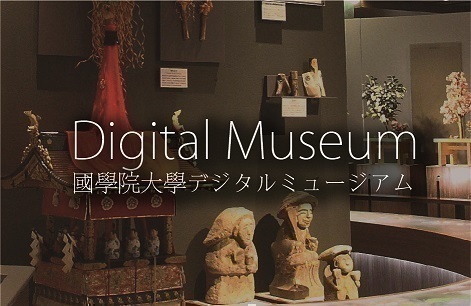- トップ
- Encyclopedia of Shinto
- Tamamatsu Misao
Encyclopedia of Shinto
| Main Menu: | |
| Links: |
詳細表示 (Complete Article)
| カテゴリー1: | 8. Schools, Groups, and Personalities |
|---|---|
| カテゴリー2: | Personalities |
| Title | Tamamatsu Misao |
| Text | (181-72) A scholar of National Learning (kokugaku) from the end of the Edo into the early Meiji periods. Born in 1810 as the second son of Yamamoto Kimihiro, a State Consultant (sangi) and Chamberlain (jijū). At the age of eight, Tamamatsu entered Buddhism at the Muryōin temple of the monastery Daigoji, eventually to be appointed to the rank of Senior High Abbot (daisōzu). At the age of thirty, however, he left the monastery and returned to secular life, adopting the name Yamamoto Kiken, then Tamamatsu Misao. After studying kokugaku under Ōkuni Takamasa (1791-1871), Tamamatsu opened private schools where he lectured on the subject, first in Izumi Province (the south-western part of present-day Osaka Prefecture) during the 1850s, and then in Sakamoto in Ōmi Province (present-day Shiga Prefecture) during the first half of the 1860s. In 1867, his disciple Mikami Hyōbu introduced him to Iwakuwa Tomomi (1825-83) who was then under house arrest, and Tamamatsu participated in the loyalist plan of restoring the imperial government (ōsei fukko). The expression Jinmu sōgyō ("the pioneering work of the first emperor Jinmu") is thought to have been coined by Tamamatsu. He is also credited with drafting the Rescript on Imperial Restoration (ōsei fukko no shōchoku). Tamamatsu was appointed Associate Professor of the University (daigaku chūhakase) and Tutor to the Emperor in 1870, but together with Yano Harumichi (1823-87) he criticized the government's education policies and resigned from the post in the first month of 1871. On the fifteenth day of the second month of 1872, Tamamatsu died due to illness at the age of sixty-three. He was posthumously awarded the Junior Third rank at court in 1894. —Takeda Hideaki |




